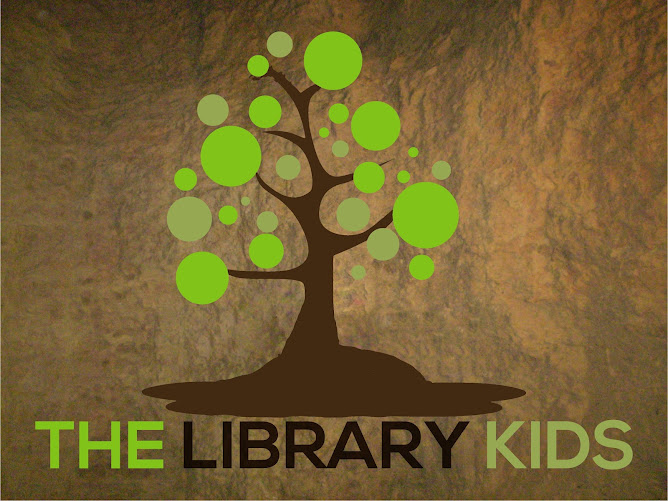It is said the ancient Tuatha De Danann live in the Sidhe or Earth Mounds. It is also said they are alive and in their underground palaces and are known as the Fairy people.
The Tuatha De Danann, vanquished, but still immortal gods, withdrew into palaces underground; and according to the Celtic belief, as we conclude from the oldest epic literature of Ireland, they dwell there still; but from time to time come forth into the outer world they once ruled over, and wherein they still exercise considerable power, sometimes beneficial, sometimes baneful, to men. Often, they put on invisibility, one of the characteristic privileges of divinity, and he who receives a token of their good-will or is stricken by their vengeance, sees not the dispensing hand. Sometimes they appear to mortals in the form of men or animals, chiefly that of birds, and they hold a considerable place in the bardic tales recounting the exploits of the Milesian heroes.
(H. D'Arbois De Jubainville and Richard Irvine Best, The Irish Mythological Cycle and Celtic Mythology, page 150).
The site of the underground palace of the Dagda, as determined by the earliest tradition, is, from an archaeological point of view, one of the most interesting in Ireland. Of the three great tumuli there, two have been opened, and they each present the appearance of a vast mortuary chamber, now empty. Frequent mention is made in Irish literature of the underground palace of the Dagda here, at Brug na Boinne.
(H. D'Arbois De Jubainville and Richard Irvine Best, The Irish Mythological Cycle and Celtic Mythology, page 152).
Ogma, the son of Dagda, died at the second battle of Mag-Tured, but Lug and Dagda met their deaths years later.
Ogma was slain at the second battle of Mag-Tured; and the Dagda and Lug met their deaths some years later. The sons of Mile took possession of the country after several battles were fought, in which the Tuatha De Danann lost a number of their warriors.
(H. D'Arbois De Jubainville and Richard Irvine Best, The Irish Mythological Cycle and Celtic Mythology, page 155-156).
by Rita Jean Moran (www.thelibrarykids.com and www.hiddenhumanstory.com)

No comments:
Post a Comment